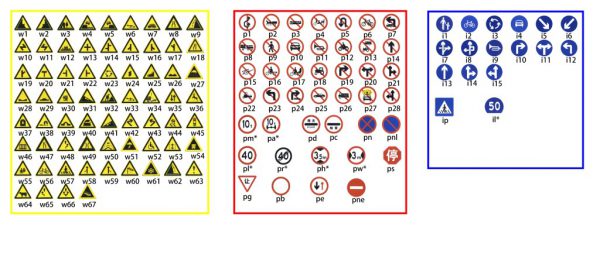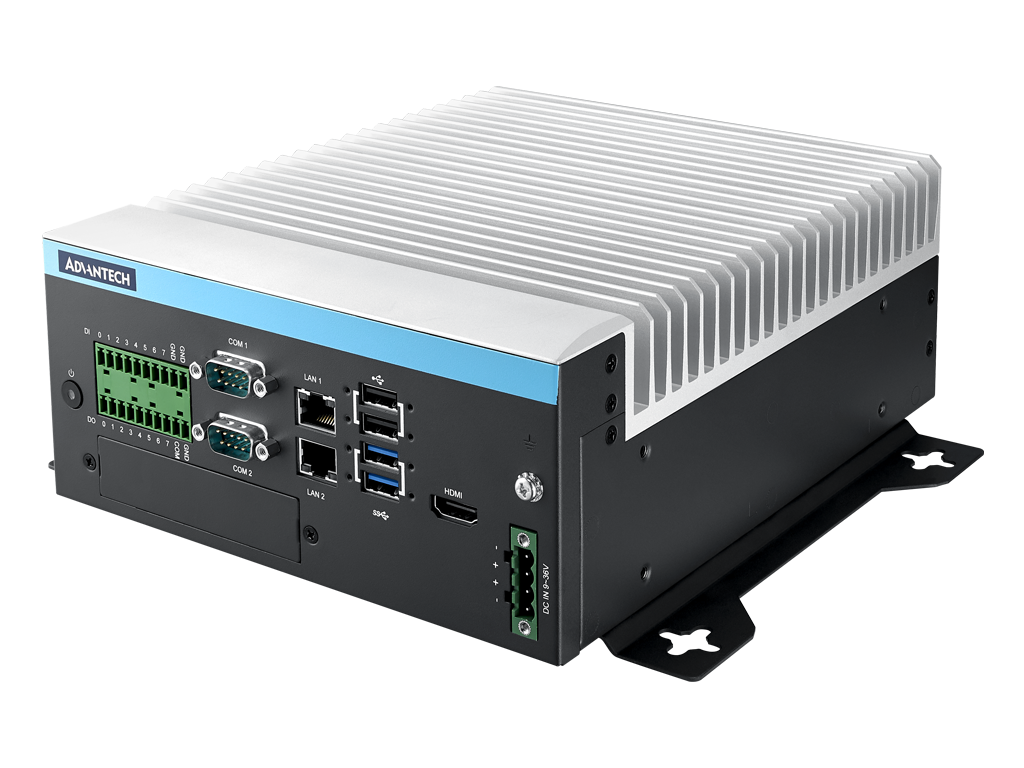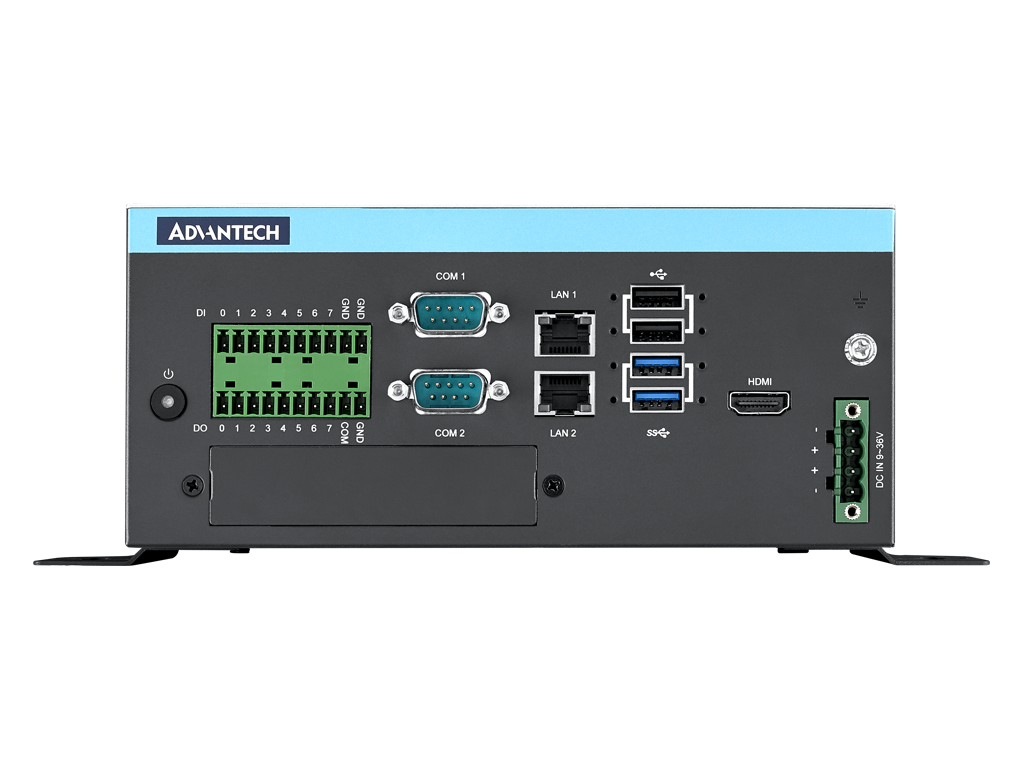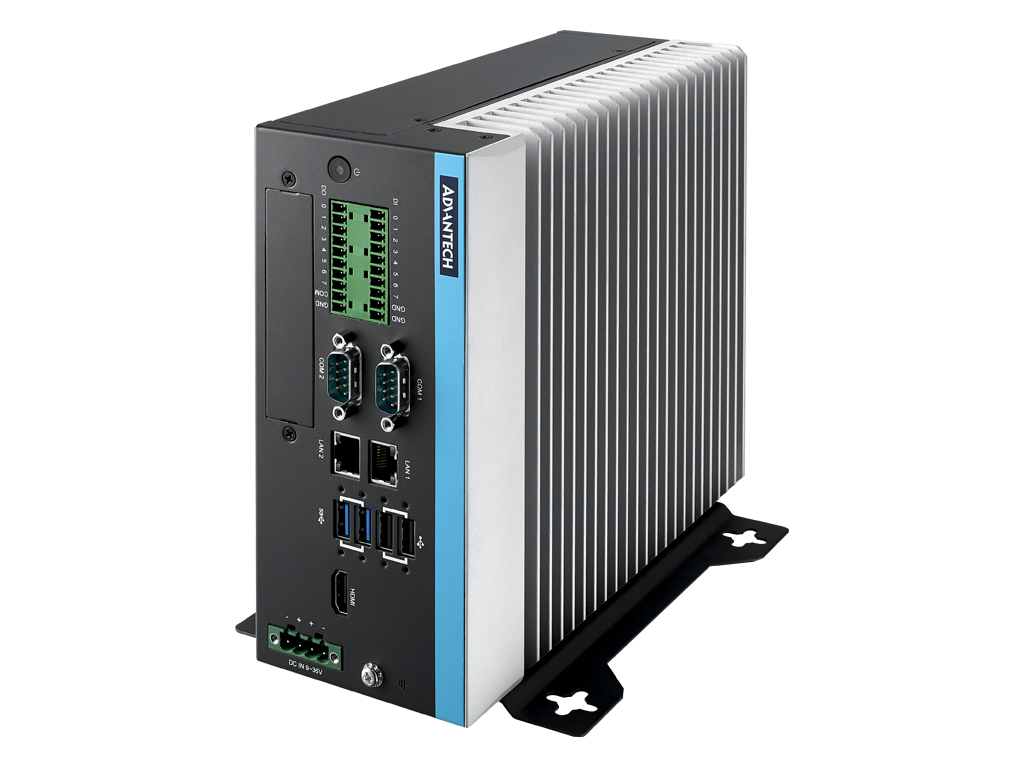Semi-Supervised Labeling benchmarked
For the first time we quantified the advantages of semi-supervised labeling based on the public Tsinghua-Tencent 100K benchmark in the dimensions of costs, quantity, quality and duration. Check out how humans compare to today’s AI and find out what are their typical errors.
Semi-supervised labeling will be a prerequisite to efficiently build rich, high quality datasets in the order of million of unique training samples and hundreds of classes. But next to the significant cost saving potential in the current domains it will enable AI to enter completely new domains in the industry.
Test Advantech MIC-730AI
We extensively tested the new Advantech MIC-730AI edge inference system based on the NVIDIA Xavier. The low power system is passively cooled, free of any mechanics and offers flexible extension and mount options that make it a perfect fit for industrial AI solutions. With a performance to power ratio that is significantly better than any PC based solution the system supports demanding AI loads. The Ubuntu based system enables rapid deployment as software wise it offers the same amenities than a GPU based PC.
Case study: AI in 20 days
What is possible to achieve in an AI project without inital data within 20 days total effort?
Goal of the case study was to choose a highly representative scenario that can be applied to the majority of different use-cases. Therefore the requirements were:
- No initial data
- Small objects or long distance to the camera
- Uncontrolled lighting conditions
- Complex background
- Dynamic scenes
- Up to 50 m/s relative speed object to camera
- Mobile setup
- Maximum 30 watts power consumption
- No cloud
- Data from public space

AI Industrialization
While all other prerequisites are fulfilled, today’s methods for data acquisition not just prevent a wide adoption, they also inhibit leveraging the full potential of AI. This article discusses a novel approach to the data problem that we consider a cornerstone for mass deployment.
Position paper on AI, Ethics and Explainability
Position paper on AI, Ethics and Explainability
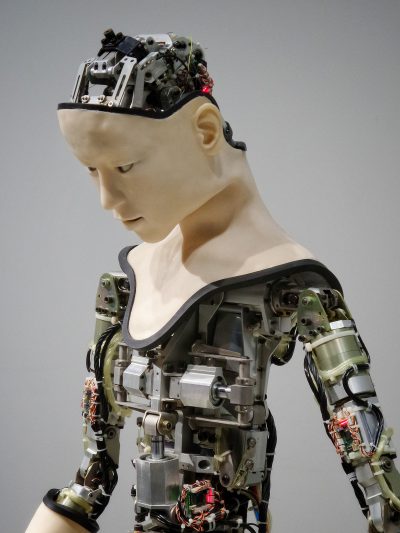

Deep Learning with Time-of-Flight Sensors
Deep Learning is becoming increasingly prevalent in image processing. In conjunction with Time-of-Flight (ToF) 3D sensor technology, higher recognition performance can be achieved compared to pure RGB images. The multi-ToF platform, which connects various sensors to a powerful hub, is the foundation for future AI camera solutions.
AI in Depth
(02-07-2019) In cooperation with our partner Becom we just published our experience with Time of Flight (ToF) cameras in combination with Deep Learning in the well known InVision magazine. Depth adds more entropy compared to color in most use-cases and hence deep learning has the potential to achieve higher recognition rates compared to common RGB images. 3D sensors with synchronous images in combination with Deep Learning will play a major role in many industrie use-cases in the coming years.


